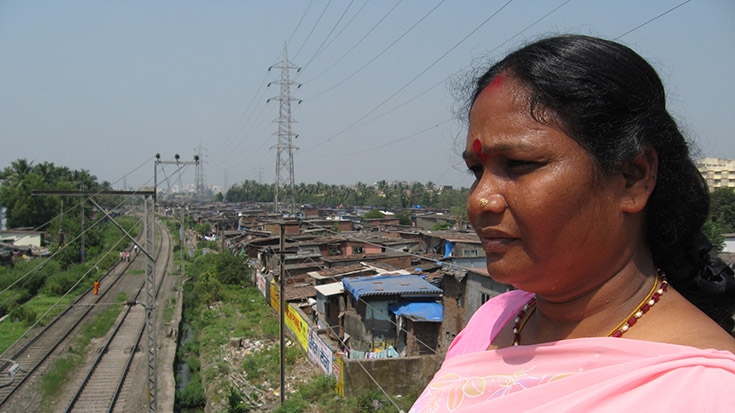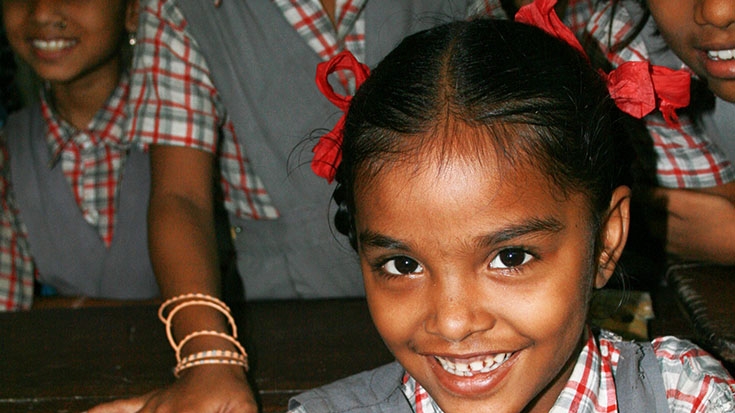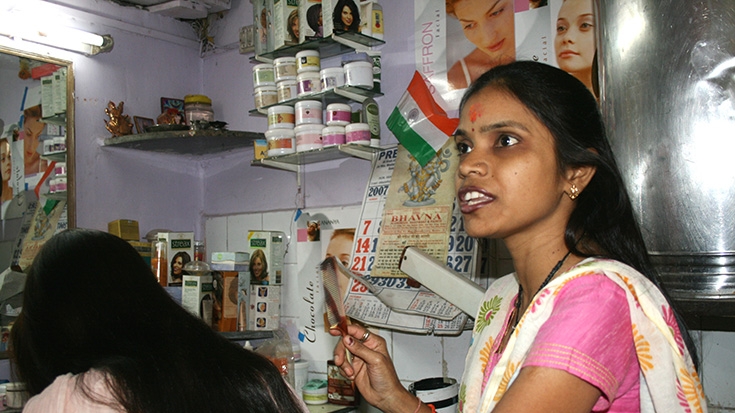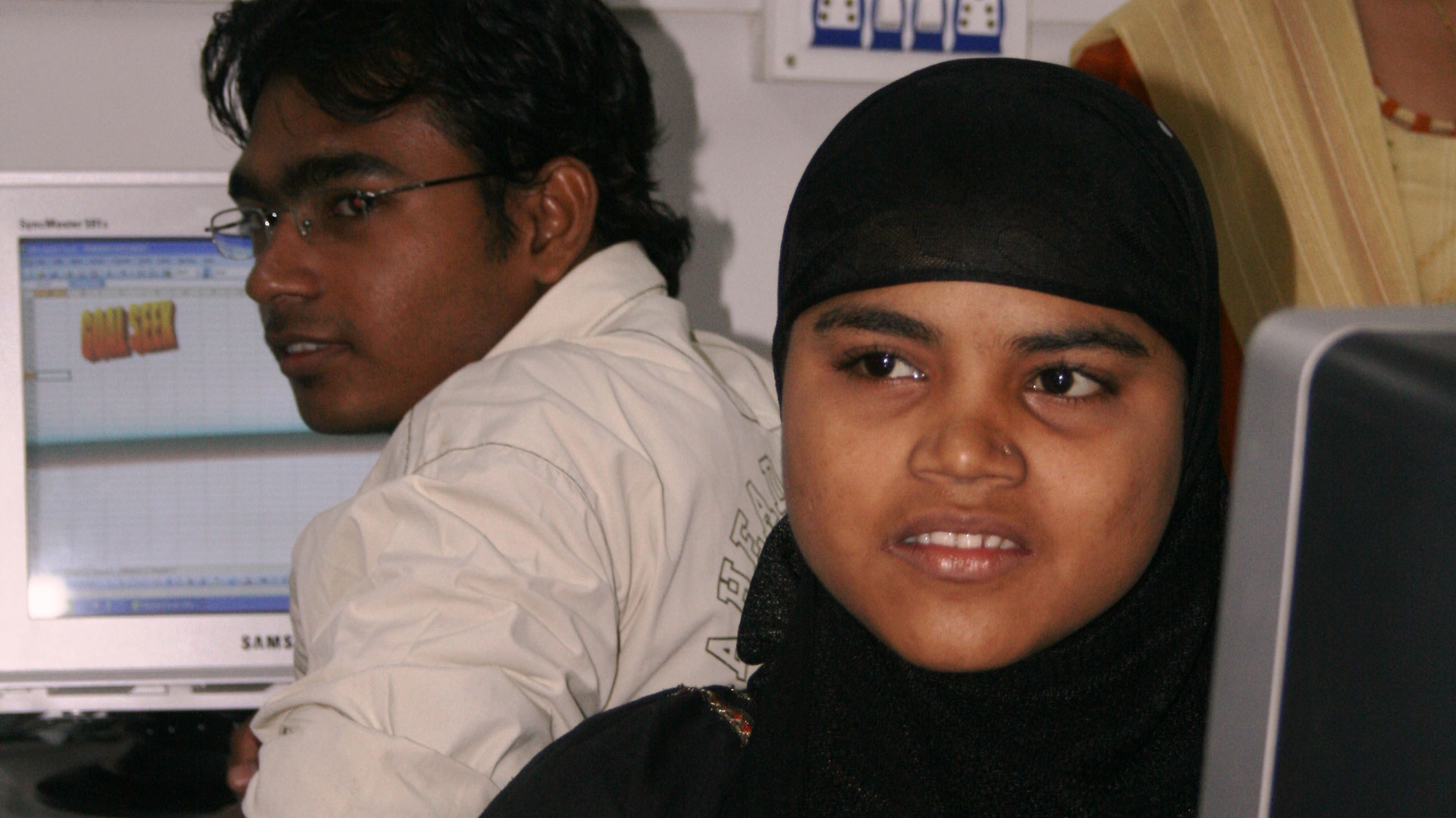The city’s east-west connectivity has also improved with one road being widened and another being carved out afresh after being freed of encroachments. An area traffic control system has substantially reduced the waiting time at road intersections. The project has also become a worldwide example of resettling unprecedented numbers of people in a densely populated urban area.
Challenge
The project was the first step to improve rail and road connectivity in Mumbai, India’s commercial and financial capital which, much like New York, lies along a narrow north-south peninsula. This was also the Bank’s first attempt to resettle people on an unparalleled scale. About 100,000 people, mostly living in slums alongside roads and railway tracks had to be resettled before the roads could be widened and faster trains introduced. While resettling people is difficult anywhere, it was almost intractable in the complex socio-political environment of this mega city where population density is one of the highest in the world and land values are very high. Almost 95% of the affected people did not have legal claim to the land they occupied. And, getting people from diverse socio-economic backgrounds to accept homogenous resettlement options was not easy. Even more challenging was finding alternative resettlement sites in this land-scarce city, and mobilizing the resources needed to develop these into housing estates for resettled people.





